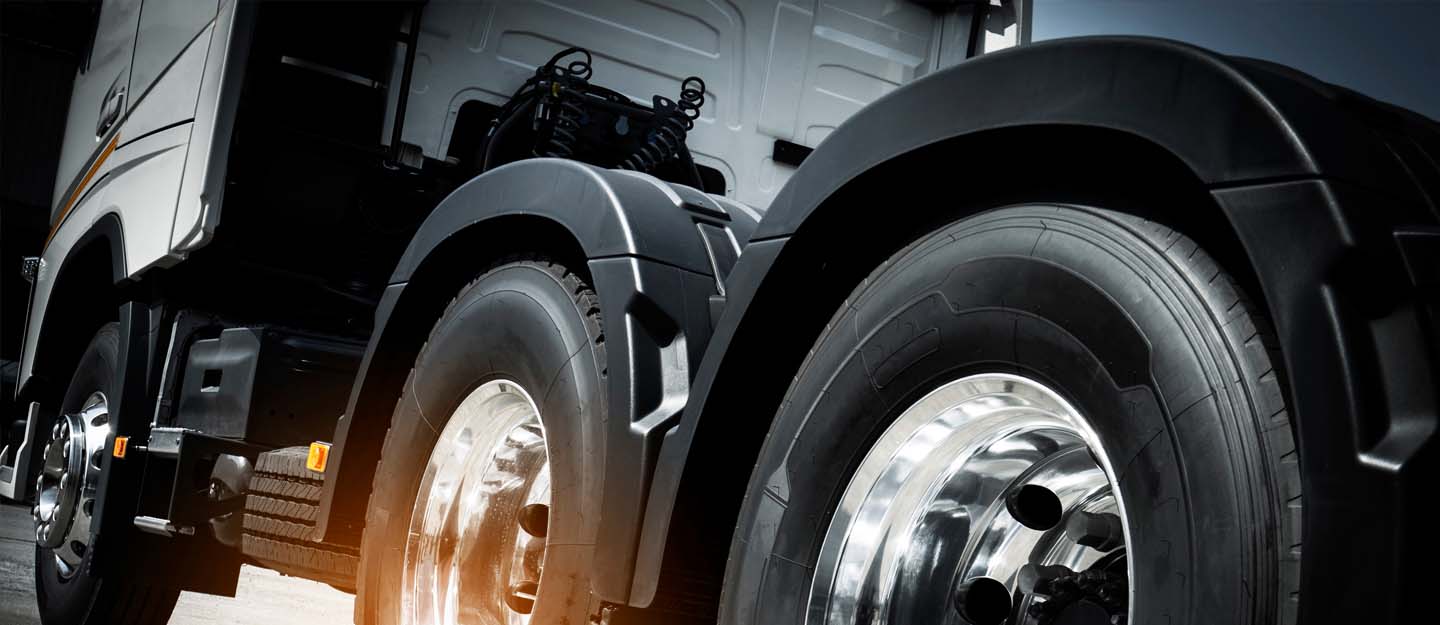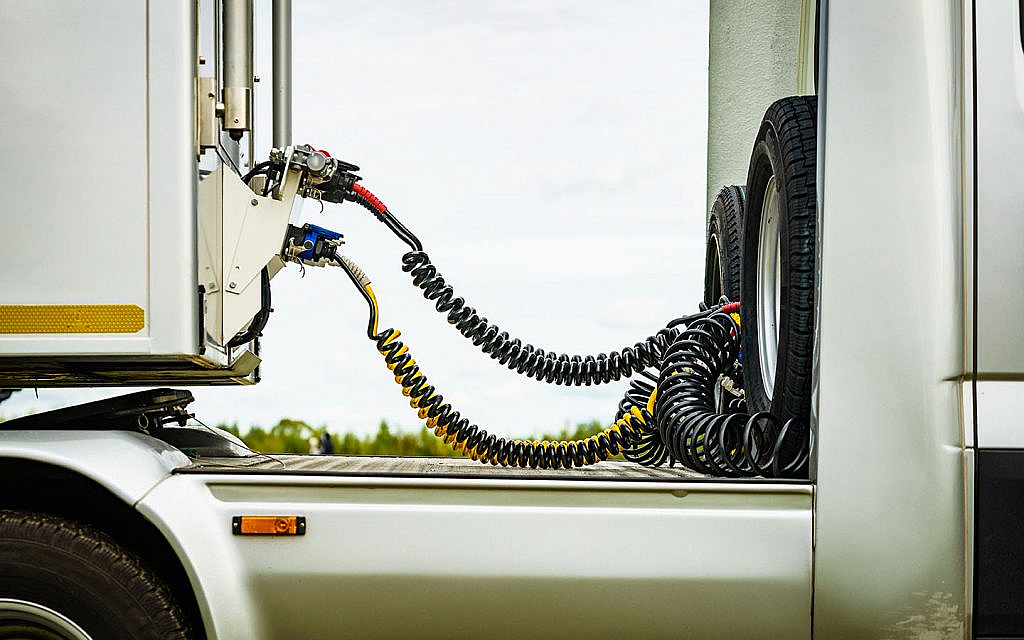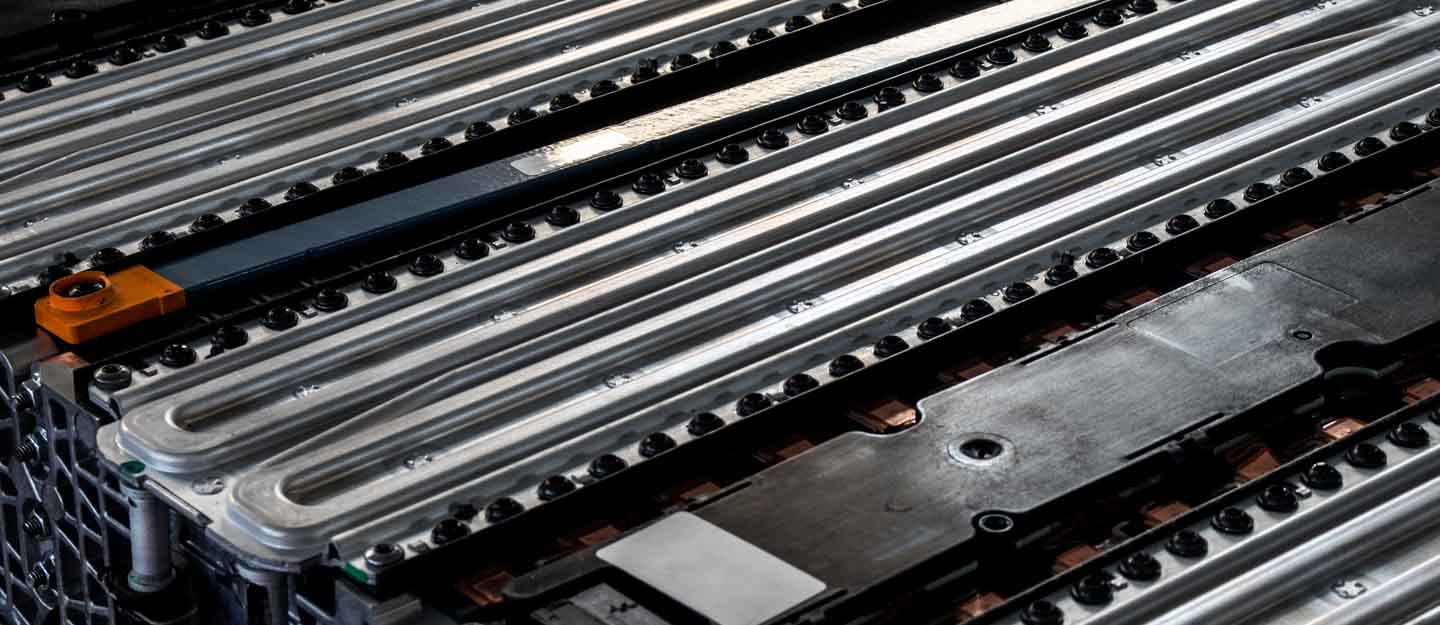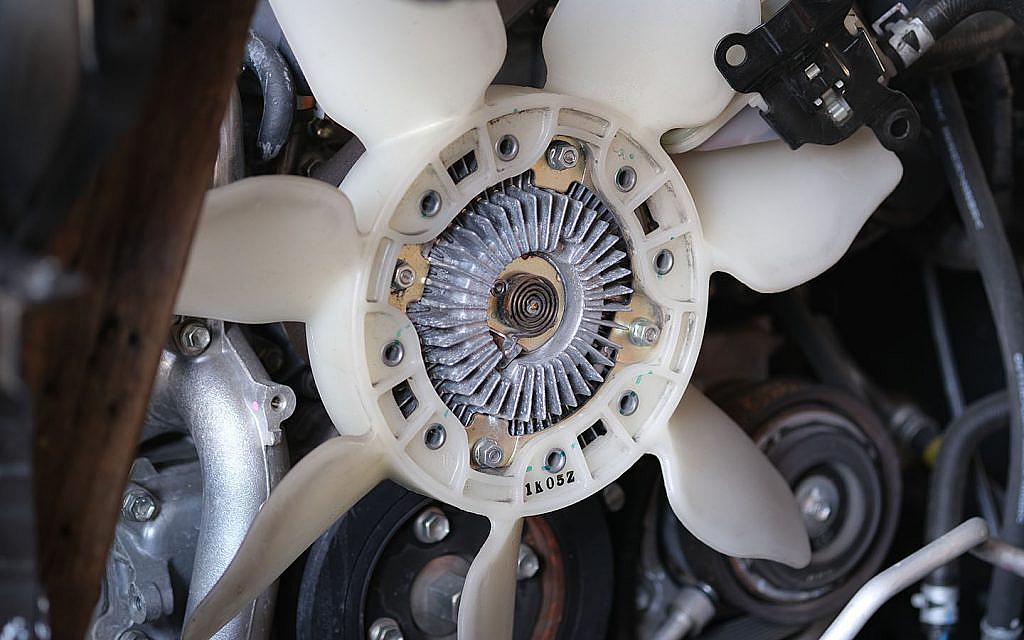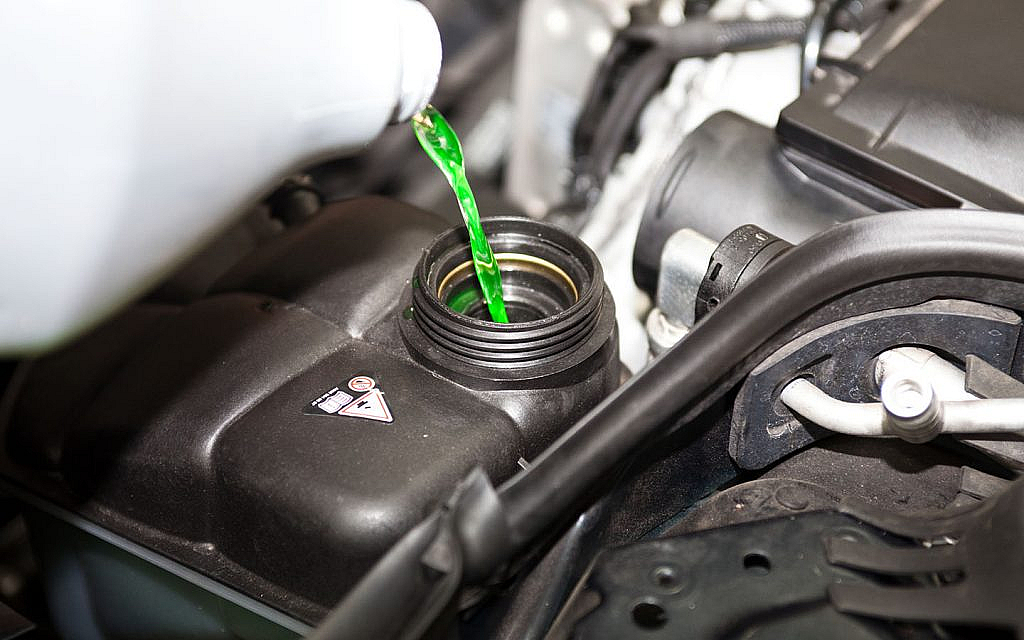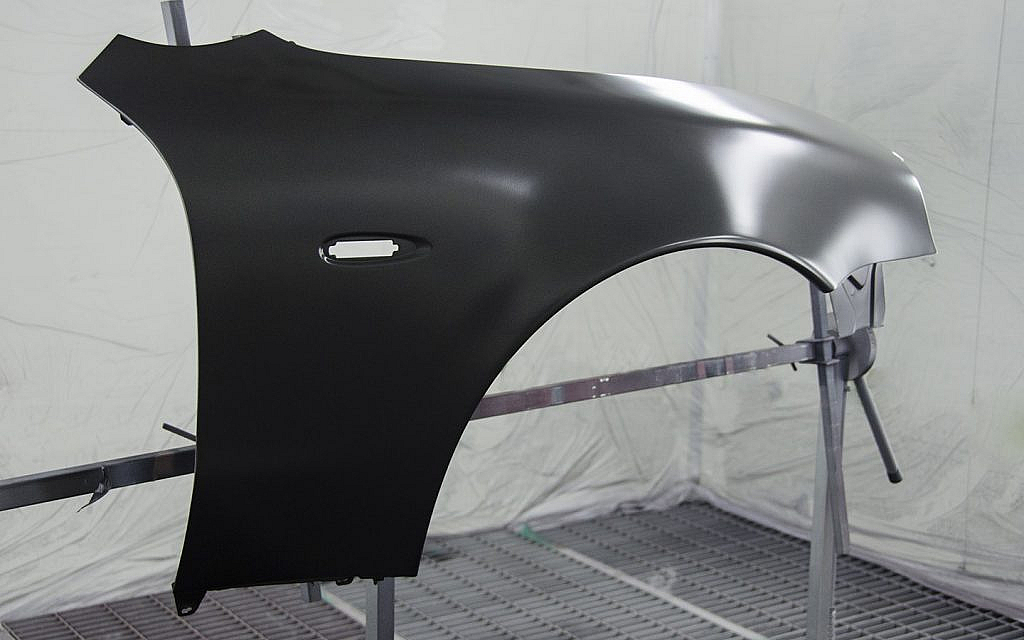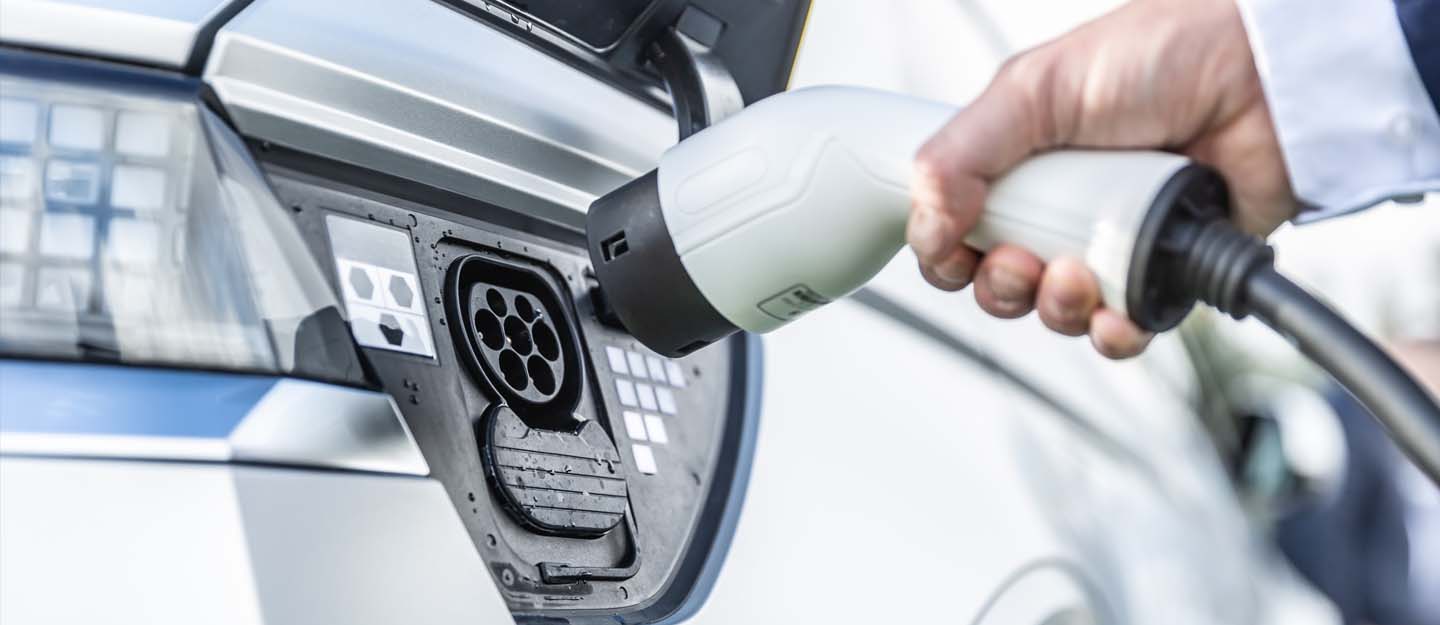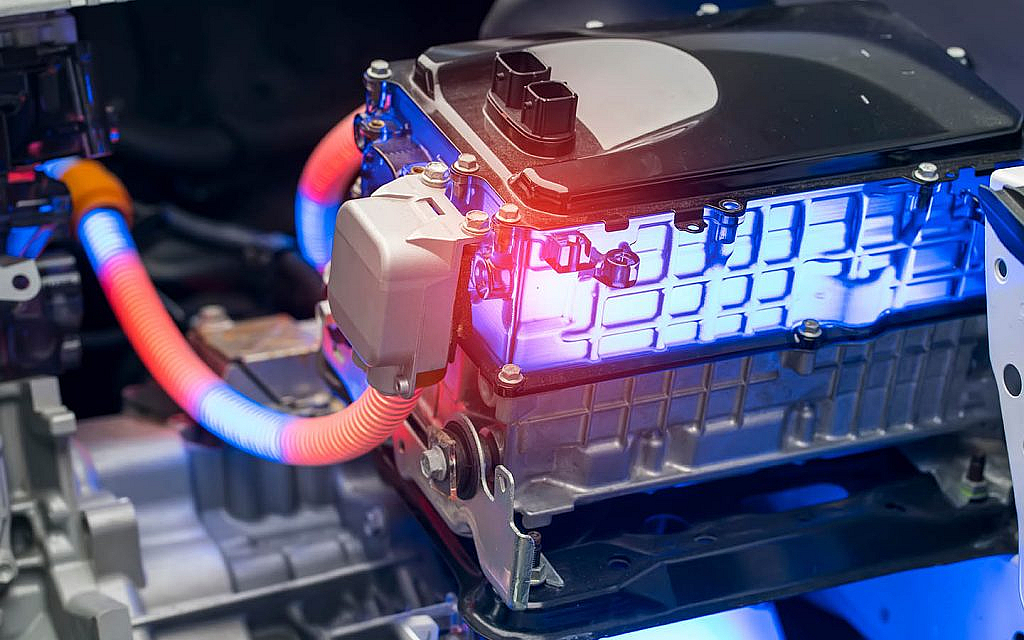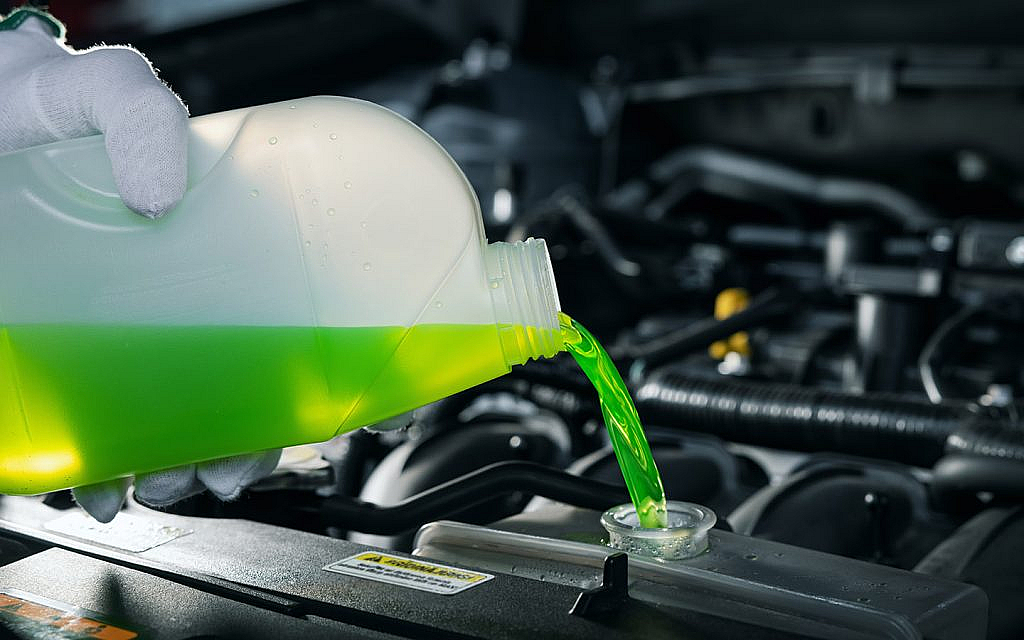Eco-mobility: Use of Sustainable Materials in the Automotive Industry
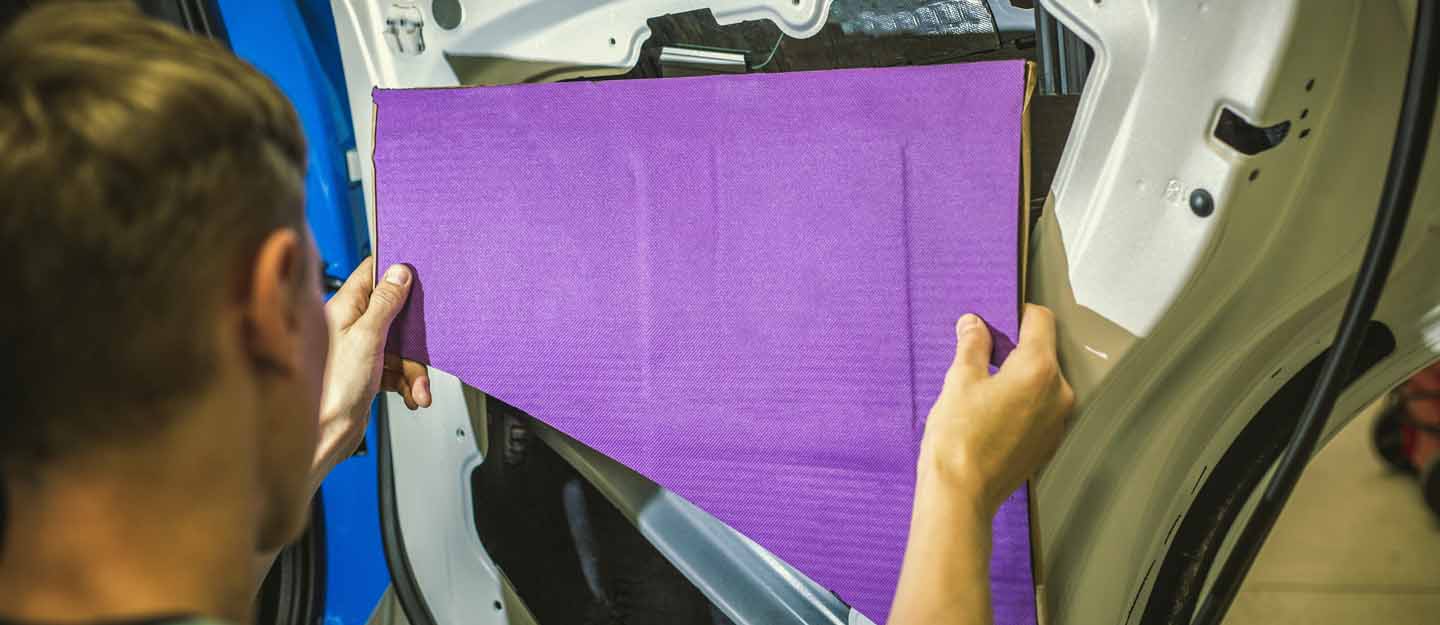
- Types
- Benefits
- Auto Brands That Are Using Such Materials
- FAQs
The 21st century is no stranger to the word “Sustainable”. Like other industries, the automotive landscape has also embraced greener vehicle alternatives, contributing to a safer environment. Moreover, several automakers have turned around their production bases, opting for sustainable automotive materials.
Doing so has helped them to keep a green environment check and keep tabs on their part in climate change. Let’s explore how sustainability in the automotive industry has become a key player, its benefits and which brands are implementing it.
Sustainable Automotive Materials: Why Do We Need Them?
Sustainable vehicles are the future. The automotive brands recognise this and have made strides to make their vehicles as environmentally friendly as possible. As a result, we can now see several electric and hybrid cars in the UAE and other parts of the world. We have also seen some solar-powered cars, but their mass production is still on hold.
Moreover, sustainability in the automotive industry is not limited to carbon emissions only. It encompasses the entire model framework and materials used. That is why the use of sustainable automotive materials has garnered attention. It has several benefits, both for the industry and the environment.
That said, let’s move forward to the common examples of sustainable automotive materials and the benefits they offer.

Types of Sustainable Automotive Materials
Like the alternate fuels for transportation, there are also greener material options for cars. It includes both exterior and interior. Moving on, here is a list of some common sustainable automotive materials.
Plant-Based Materials
Natural fibres like hemp, flax, kenaf and bamboo offer a sustainable alternative for lightweight and durable automotive components such as interior trim, door and car rocker panels. They are renewable plus biodegradable and help minimise the carbon footprint in cars.
Recycled Materials
Recycled plastics, metals and glass are also sustainable automotive materials. Examples include floor mats, insulation and bumper covers from recycled plastics.
Meanwhile, body panels, engine block making and other structural components employ recycled metals. Plus car windshields and windows use recycled glass as their base in eco-friendly vehicles.

Sustainable Alloys
Lighter and stronger alloys like aluminium-magnesium and aluminium-copper are utilised in high-performance vehicles and mass-market cars. Besides, they contribute to weight reduction and enhance fuel efficiency by reducing energy consumption and emissions.
Bio-Based Plastics
Bio-based plastics are employed in cars for interior components like trims and dashboard elements. They are also used in exterior parts such as bumpers, spoilers and car grilles. In addition, their eco-friendly nature, derived from renewable sources like corn starch or sugarcane, contributes to environmental sustainability.
Other options in the list of these materials include:
- Cork: This renewable and biodegradable material finds application in crafting automotive components like floor mats and gaskets to promote eco-friendly choices in different car body types.
- Recycled Rubber: It is used in different types of car tyres, floor mats and various automotive components.
- Sustainable Leather: Sustainable leather used in car upholstery incorporates eco-friendly practices for instance plant-based tanning and reduced resource usage.
- Sustainable Textiles: Materials like organic cotton and recycled polyester are used in car seats, headrests and other interior components, promoting sustainable alternatives.
Now that we have learned about various eco-friendly car materials, let’s review their merits.
Benefits of Sustainable Automotive Materials

Sustainable automotive materials offer several benefits, including:
Reduced Environmental Impact
These materials contribute to a smaller environmental footprint in the automotive industry. These also offer lower emissions of harmful pollutants.
Improved Performance and Efficiency
Sustainable materials are lighter and stronger, enhancing fuel efficiency and emission reduction. For instance, carbon fibre composites, lightweight than steel yet stronger, make the vehicles safe and more fuel-efficient.
Lower Vehicle Costs
Using sustainable materials often leads to more cost-effective vehicle manufacturing and maintenance. Recycled plastics, for instance, are generally more affordable than new plastics and can be utilised in various automotive components.
Improved Safety
These materials can enhance vehicle safety by efficiently absorbing collision energy and protecting passengers. The strength and stiffness of carbon fibre car parts contribute to this safety aspect.
Car Brands That Are Opting for Sustainable Automotive Materials
Since the last decade, there has been a rise in sustainable automotive manufacturing. Brands are investing in eco-friendly solutions and initiatives, catering to the growing demand. That said, let’s explore some top car brands that are employing sustainable automotive materials in their vehicles, keeping up with the latest trends.
AUDI
Audi is committed to reducing its vehicles’ environmental impact and sustainable materials are a major part of this strategy. For instance, the Audi Q4 e-tron uses recycled plastics in its seatbelt buckle covers and bio-based plastics in its interior trim.
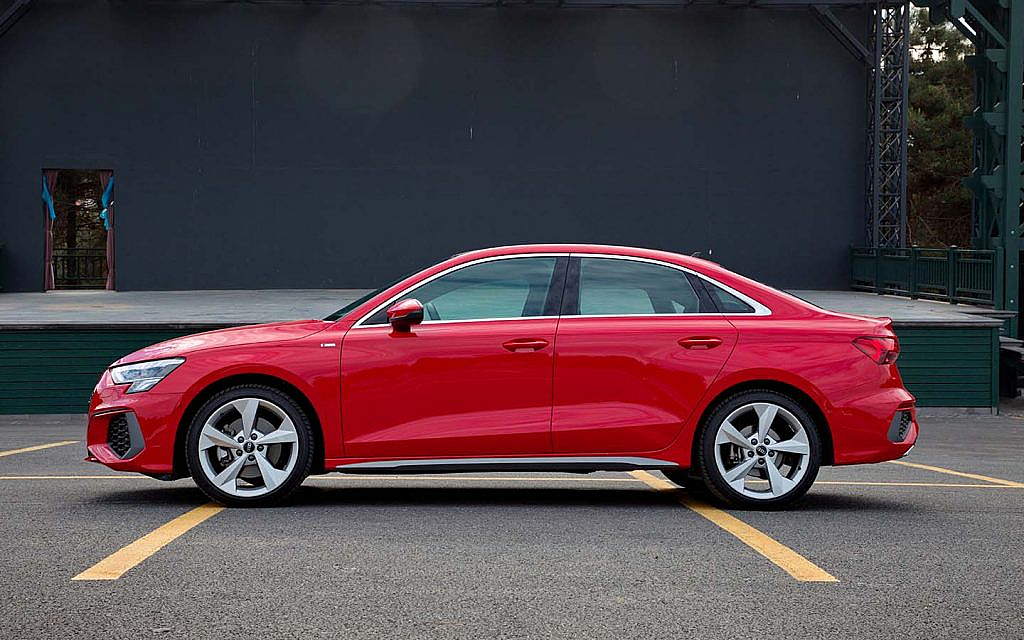
On the other hand, Audi A4 uses aluminium alloys in its body panels and the Audi A6 uses aluminium alloys in its engine block. The Audi e-tron GT uses sustainable leather in its seats and steering wheel.
BMW
The brand has adopted many strategies towards a sustainable environment. Plus, BMW uses sustainable automotive materials in its vehicles. The BMW i3, for example, is made with many sustainable materials, including recycled plastics, carbon fibre composites and aluminium alloys.
TESLA
Tesla stands at the forefront of sustainable automotive materials, exemplified by the Model 3. This vehicle incorporates a diverse range of eco-friendly materials, including recycled plastics, aluminium alloys and bio-based plastics, depicting the company’s commitment to sustainability.
FORD
Ford incorporates sustainable materials in its vehicles, including recycled materials, plant-based components, sustainable alloys and bio-based plastics. Notable examples include recycled plastic water bottles in the Ford Mustang Mach-E‘s carpet and recycled aluminium in the Ford F-150‘s body panels. In addition, the Ford Bronco Sport model is entirely made of recycled plastic from the ocean.
Other brands that have switched to sustainable materials include Volkswagen, Nissan, Hyundai, Kia, Volkswagen, Renault and Peugeot. Plus, to take things one step further, many brands have pledged to go all-electric. Doing so will help reduce the carbon footprint and mark the beginning of an electric-oriented automotive future.
FAQs
What are sustainable materials for cars?
Sustainable materials for cars are environmentally friendly choices that minimise the environmental footprint and resource usage in the automotive sector.
What is an example of a sustainable material?
An example of a sustainable material is bamboo. It is renewable, biodegradable and used in various applications like car interior trim.
How can the automotive industry be sustainable?
The automotive industry can be sustainable by adopting eco-friendly manufacturing processes, using sustainable materials and switching to electric and alternative fuel vehicles.
This brings us to the end of the discussion on sustainable automotive materials. They are an eco-friendly alternative to conventional car materials, offering several advantages. Plus, many car brands are already adapting to this greener change. Moreover, browse through these used cars to buy in the UAE if you are in search of a drive with sustainable and eco-friendly parts.
Stay connected to dubizzle’s cars blog for more on different strategies in the automotive realm that are environmentally friendly.



